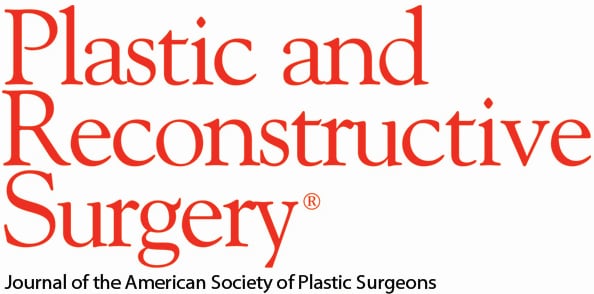Abstract and Introduction
Abstract
Autologous fat injection is one of the most popular methods for the treatment of temporal depression; however, accurate puncture into the target layer without vascular compromise is hard to achieve. With the aid of high-frequency ultrasonography, the authors performed autologous fat transplantation after visualization in five cases, with satisfactory results. The authors observed the course of superficial temporal vessels, the orbitozygomatic artery, and sentinel veins preoperatively, and used high-frequency ultrasonography to guide lipotransfer into the desired layer intraoperatively, to avoid intravascular injection. With the aid of high-frequency ultrasonography, the authors can easily prevent vascular complications and personalize surgical procedures, as anatomical variations of vasculature can also be detected by means of this method.
Introduction
Temporal hollowing gives us an aging appearance.[1] The most popular treatment that addresses this is autologous fat grafting. With the rise in the number of such operations, there has been an increase in reports of iatrogenic vascular accidents, resulting in skin necrosis, blindness, pulmonary embolism, and even death.[2,3]
During autologous fat grafting, it is key to avoid the main vessels, to prevent accidental puncture, and to locate an avascular plane as the injection area.[4] At present, the safety planes are the subcutaneous layer, loose areolar layer, and temporal muscle fascia surface.[5] However, subdermal injection is prone to unevenness. Temporal muscle fascia surface puncture passes through more layers and is highly risky. Therefore, the areolar layer, below the superficial temporal fascia, is preferentially recommended.[6]
To solve the issue of vascular complications, plastic surgeons have carried out various anatomical studies to describe the course and layer distribution of relevant vasculature.[7–12] However, the descriptions are only of the common anatomical characteristics and cannot direct individualized surgery. Ultrasound-guided fat injection is a relatively easy method to help avoid vascular accidents. In fact, some surgeons have applied it in autologous fat breast augmentation, gluteal fat grafting, and rectus abdominis fat transfer.[13–15] High-frequency ultrasonography offers multiple advantages in the imaging of superficial tissue, because of its high-resolution image and vascular imaging sensitivity. Therefore, we aimed to explore the feasibility of a standardized process of fat injection in the temporal fossa under high-frequency ultrasonographic guidance.
Plast Reconstr Surg. 2023;152(2):341-345. © 2023 Lippincott Williams & Wilkins










